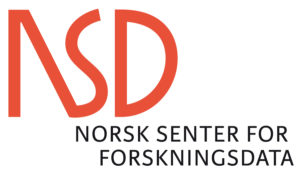Abstract:
Generative AI has revolutionized the creation of digital media, but it has also exacerbated concerns about authenticity and ownership. Digital watermarking remains a key mechanism for addressing these challenges. However, modern transformation- and diffusion-based approaches, while highly robust, incur significant computational costs that hinder their use in real-time environments. This paper argues that the future of watermarking lies in lightweight methods that combine robustness with efficiency. It reviews the computational burden of current AI-based approaches, presents strategies such as model compression, knowledge distillation, and lightweight architectures, and highlights application areas such as streaming, videoconferencing, gaming, and IoT multimedia. The study highlights the need for watermarking frameworks that are both secure and deployable under strict latency and resource constraints.





